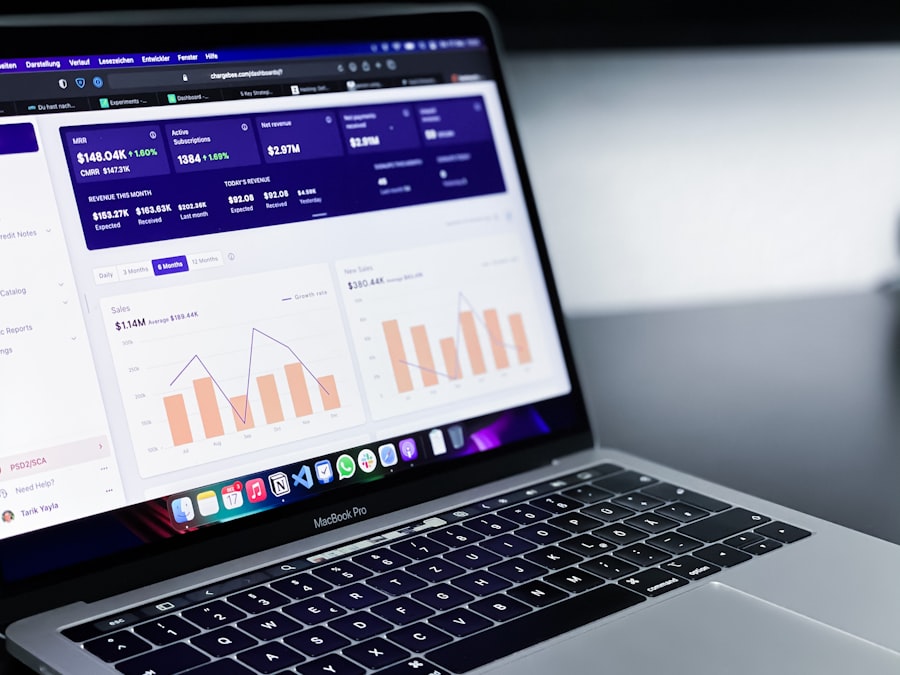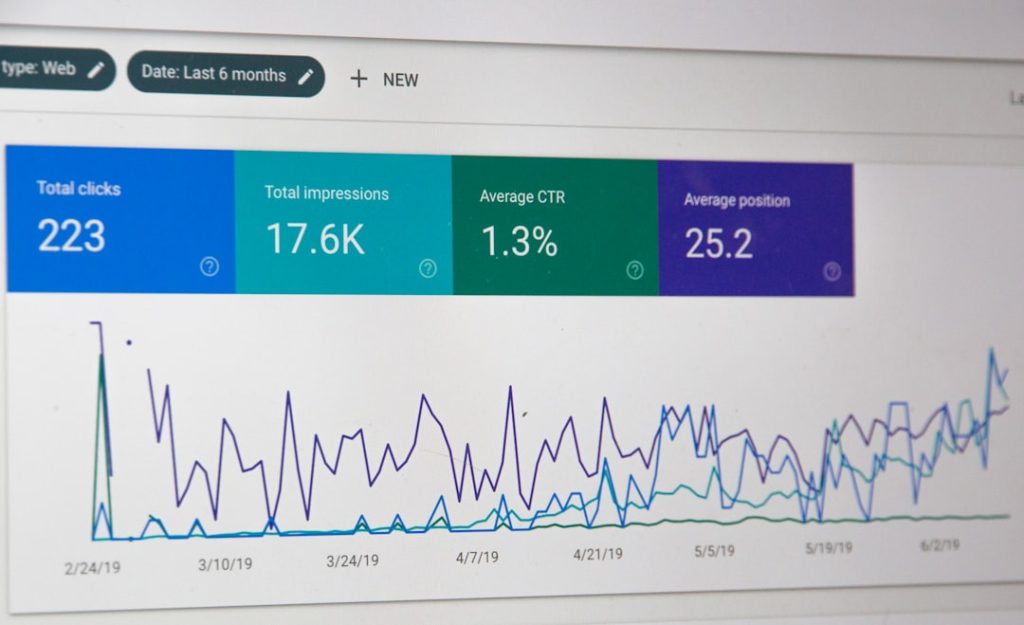Search Engine Optimization (SEO) is a multifaceted digital marketing strategy aimed at enhancing a website’s visibility on search engines like Google, Bing, and Yahoo. At its core, SEO involves optimizing various elements of a website to ensure that it ranks higher in search engine results pages (SERPs). This process is crucial because higher visibility typically leads to increased traffic, which can translate into more conversions and revenue for businesses.
The fundamental principle behind SEO is to align a website’s content and structure with the algorithms used by search engines to determine relevance and authority. The importance of SEO cannot be overstated in today’s digital landscape. With millions of websites competing for attention, the ability to appear on the first page of search results can significantly impact a business’s success.
Search engines utilize complex algorithms that consider numerous factors, including keyword relevance, site speed, mobile-friendliness, and user experience. Understanding these basics is essential for anyone looking to improve their online presence. Moreover, SEO is not a one-time task but an ongoing process that requires continuous monitoring and adaptation to changes in search engine algorithms and user behavior.
Key Takeaways
- SEO fundamentals include optimizing website structure and content for search engines.
- Effective keyword research targets relevant terms to attract the right audience.
- On-page SEO involves optimizing meta tags, headers, and site speed for better rankings.
- Off-page strategies like link building and social media engagement boost site authority.
- Regularly measuring SEO performance and staying updated with trends ensures ongoing success.
Keyword Research and Analysis
Keyword research is the cornerstone of any successful SEO strategy. It involves identifying the terms and phrases that potential customers use when searching for products or services related to a business. Effective keyword research goes beyond simply finding popular search terms; it requires an understanding of user intent and the competitive landscape.
Tools such as Google Keyword Planner, SEMrush, and Ahrefs can provide valuable insights into search volume, competition level, and related keywords, enabling marketers to make informed decisions about which keywords to target. Once relevant keywords are identified, the next step is to analyze their potential impact on the website’s performance. This analysis includes assessing the difficulty of ranking for specific keywords and understanding the demographics of the audience searching for them.
Long-tail keywords, which are longer and more specific phrases, often present less competition and can attract highly targeted traffic. For instance, instead of targeting a broad term like “shoes,” a business might focus on “women’s running shoes for flat feet.” This targeted approach not only improves the chances of ranking higher but also increases the likelihood of converting visitors into customers.
On-Page Optimization Techniques

On-page optimization refers to the practices implemented directly on a website to improve its search engine rankings. This includes optimizing content, HTML source code, and overall site structure. One of the most critical aspects of on-page SEO is ensuring that each page has a unique title tag and meta description that accurately reflects its content while incorporating relevant keywords.
These elements serve as the first impression for users in search results and can significantly influence click-through rates. In addition to title tags and meta descriptions, optimizing header tags (H1, H2, H3) is essential for organizing content and making it more readable for both users and search engines. Proper use of internal linking can also enhance on-page SEO by guiding visitors through related content while helping search engines understand the site’s structure.
Furthermore, ensuring that images are optimized with descriptive alt text can improve accessibility and provide additional context for search engines. Page load speed is another critical factor; slow-loading pages can lead to high bounce rates, negatively impacting rankings. Tools like Google PageSpeed Insights can help identify areas for improvement.
Off-Page SEO Strategies
| Off-Page SEO Strategy | Description | Key Metrics | Impact on SEO |
|---|---|---|---|
| Backlink Building | Acquiring links from other websites to improve domain authority. | Number of backlinks, Domain Authority (DA), Referring domains | High – improves site authority and ranking potential |
| Social Media Engagement | Promoting content and engaging users on social platforms. | Shares, Likes, Comments, Social traffic | Medium – increases brand awareness and traffic |
| Guest Blogging | Writing articles for other websites to gain backlinks and exposure. | Number of guest posts, Referral traffic, Backlinks gained | High – builds authority and drives referral traffic |
| Influencer Outreach | Collaborating with influencers to promote content or brand. | Mentions, Shares, Referral traffic | Medium – boosts brand credibility and reach |
| Online Reviews & Reputation Management | Encouraging positive reviews and managing brand reputation. | Number of reviews, Average rating, Review sentiment | Medium – improves trust and local SEO rankings |
| Forum Participation | Engaging in relevant forums and communities to build authority. | Number of posts, Referral traffic, Backlinks | Low to Medium – builds niche authority and traffic |
| Content Syndication | Republishing content on third-party sites to reach wider audience. | Referral traffic, Backlinks, Content reach | Medium – increases visibility and backlinks |
Off-page SEO encompasses all activities conducted outside of a website to improve its authority and ranking in search engine results. One of the most effective off-page strategies is link building, which involves acquiring backlinks from reputable websites. Backlinks act as votes of confidence; when other sites link to your content, it signals to search engines that your site is credible and valuable.
However, not all backlinks are created equal; links from high-authority domains carry more weight than those from low-quality sites. Social media engagement also plays a significant role in off-page SEO. While social media signals do not directly influence rankings, they can drive traffic to a website and increase brand awareness.
Sharing content on platforms like Facebook, Twitter, and LinkedIn can lead to more shares and backlinks, amplifying reach and visibility. Additionally, participating in online communities such as forums or industry-specific groups can help establish authority and generate referral traffic. Guest blogging on reputable sites within your niche can also be an effective way to build backlinks while providing valuable content to a new audience.
Content Creation and SEO
Content creation is at the heart of any successful SEO strategy. High-quality, relevant content not only attracts visitors but also encourages them to stay longer on the site, reducing bounce rates and signaling to search engines that the site is valuable. When creating content, it’s essential to focus on providing real value to users by addressing their needs and answering their questions.
This could involve writing informative blog posts, creating engaging videos, or developing comprehensive guides that delve deep into specific topics. Incorporating keywords naturally into content is crucial for optimizing it for search engines without compromising readability. Overstuffing content with keywords can lead to penalties from search engines, so it’s important to strike a balance between optimization and user experience.
Additionally, regularly updating existing content can keep it relevant and improve its chances of ranking higher over time. Content should also be structured with appropriate headings, bullet points, and images to enhance readability and engagement.
Utilizing Social Media for SEO

Social media platforms have become integral to modern marketing strategies, serving as powerful tools for enhancing SEO efforts. While social media signals do not directly influence search engine rankings, they can significantly impact visibility and traffic generation. By sharing content across various social media channels, businesses can reach a broader audience and encourage engagement through likes, shares, and comments.
This increased interaction can lead to more backlinks as users share content with their networks. Moreover, social media profiles often rank in search results themselves, providing additional opportunities for visibility. Optimizing these profiles with relevant keywords in bios and descriptions can help improve their chances of appearing in searches related to your brand or industry.
Engaging with followers by responding to comments or participating in discussions can foster community and loyalty while driving traffic back to the website. Additionally, leveraging paid advertising on social media platforms can further amplify reach and target specific demographics effectively.
Measuring and Analyzing SEO Performance
To gauge the effectiveness of an SEO strategy, it is essential to measure and analyze performance regularly. Various tools are available for tracking key metrics such as organic traffic, bounce rates, conversion rates, and keyword rankings. Google Analytics is one of the most widely used tools for this purpose; it provides comprehensive insights into user behavior on a website, allowing marketers to identify which pages are performing well and which may need improvement.
In addition to Google Analytics, tools like Google Search Console offer valuable data regarding how a site appears in search results. It provides information about keyword performance, click-through rates (CTR), and any issues that may affect visibility. Regularly reviewing these metrics enables businesses to make data-driven decisions about their SEO strategies.
For instance, if certain keywords are driving significant traffic but have low conversion rates, it may indicate a need for better-targeted landing pages or improved calls-to-action.
Staying Updated with SEO Trends and Best Practices
The world of SEO is constantly evolving due to changes in search engine algorithms, user behavior shifts, and emerging technologies. Staying updated with the latest trends and best practices is crucial for maintaining a competitive edge in digital marketing. Following reputable SEO blogs such as Moz, Search Engine Journal, or Neil Patel’s blog can provide valuable insights into new strategies and algorithm updates.
Participating in webinars or attending industry conferences can also enhance knowledge about current trends in SEO. Networking with other professionals in the field allows for sharing experiences and learning from one another’s successes and challenges. Additionally, experimenting with new techniques or tools can lead to discovering innovative ways to improve SEO performance.
As search engines continue to prioritize user experience and quality content, adapting strategies accordingly will be essential for long-term success in achieving high visibility online.




